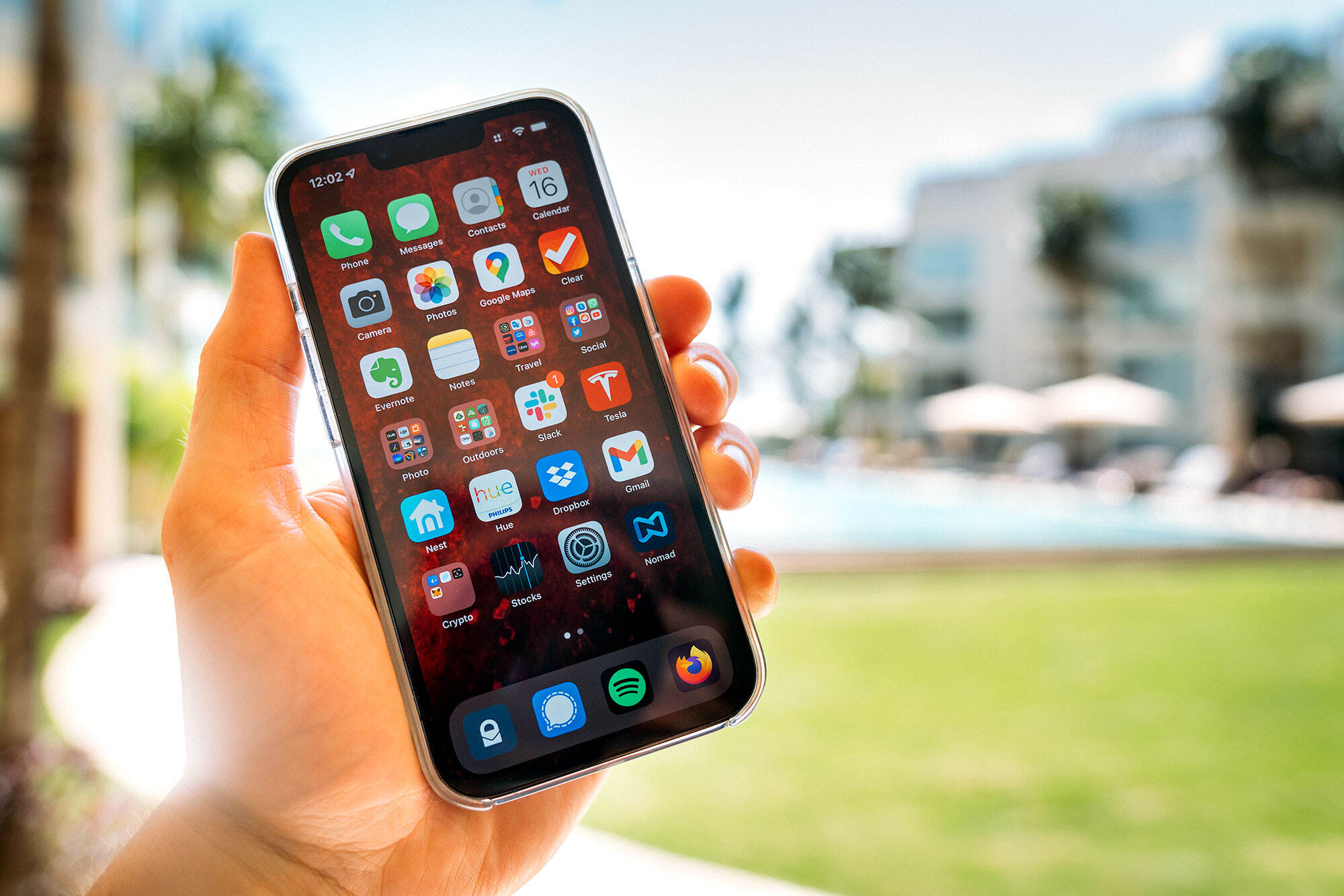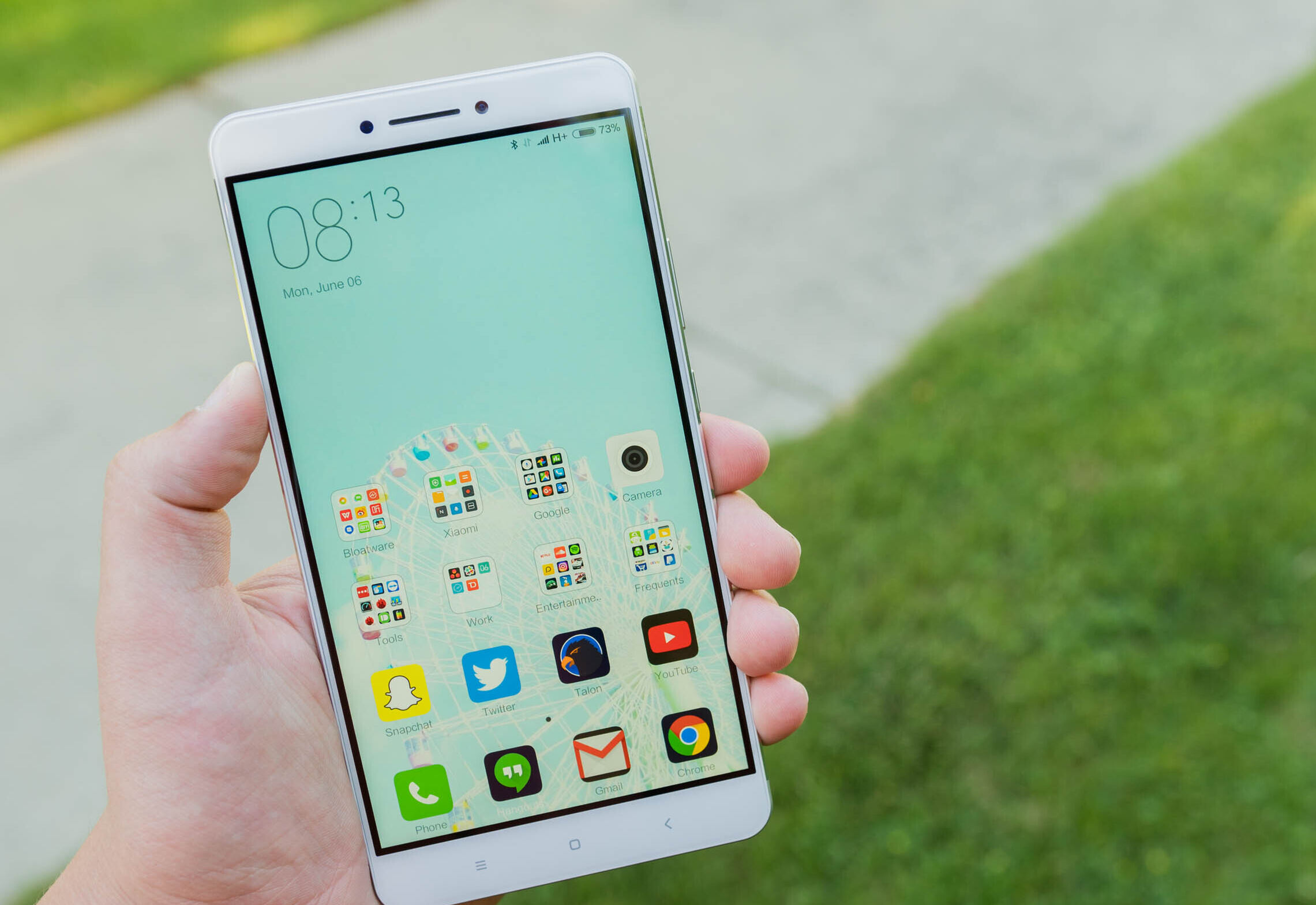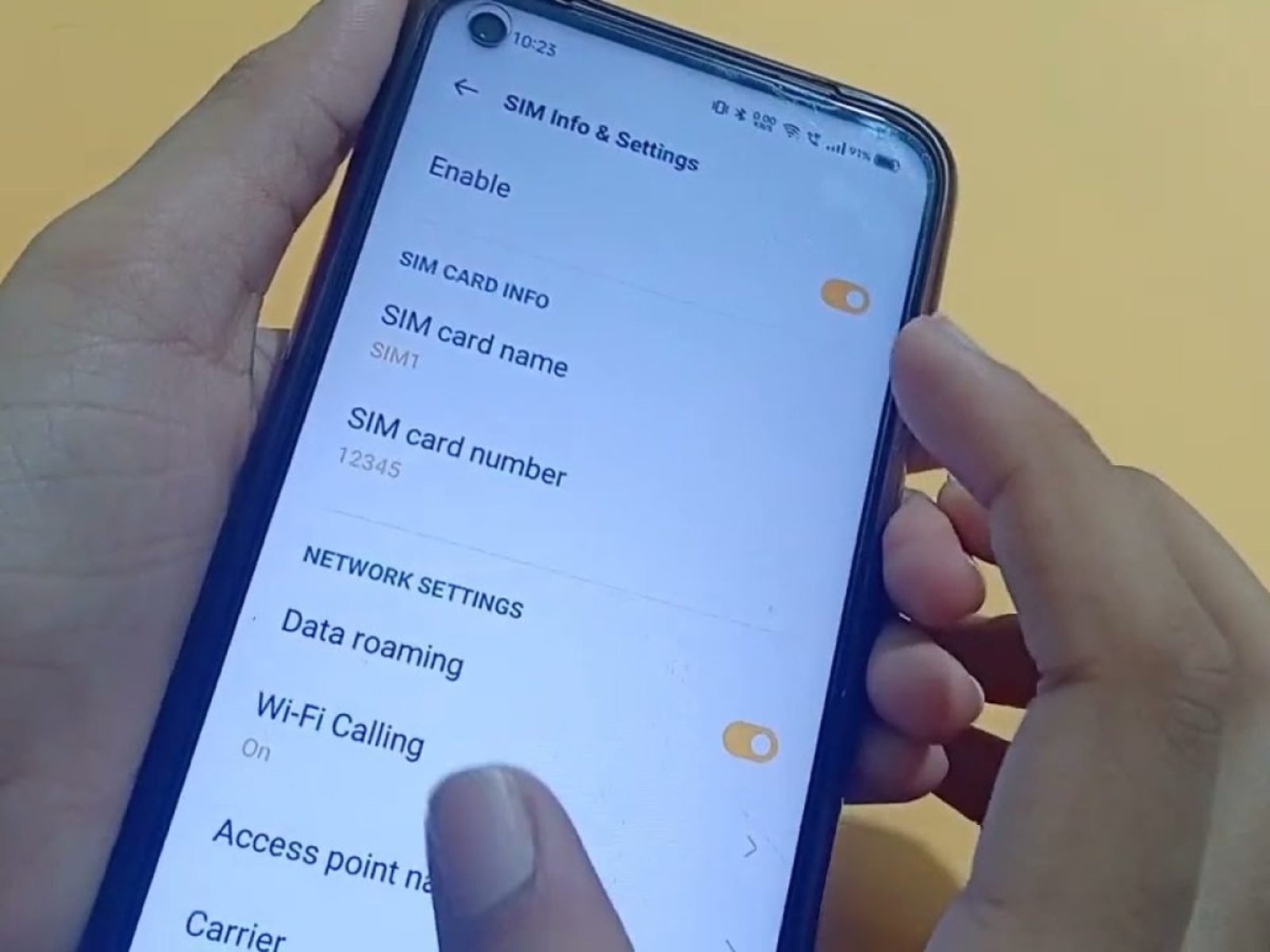Introduction
The Pixel 6 is a remarkable device that seamlessly integrates into our daily lives, offering a plethora of features and functionalities. Among its many capabilities, the Pixel 6 provides users with the ability to connect to mobile networks and access data services, enabling communication, browsing, and various online activities. However, amidst the convenience of mobile data, there are considerations that users must be mindful of, one of which is data roaming.
Data roaming, a feature that allows a mobile device to connect to a different network when traveling outside the coverage area of its home network, can be both beneficial and potentially costly. While it facilitates uninterrupted connectivity while traveling, it can also lead to unexpected charges, especially when venturing abroad. Understanding the implications of data roaming and how to manage it effectively is crucial for Pixel 6 users.
In this comprehensive guide, we will delve into the intricacies of data roaming on the Pixel 6, exploring the reasons why disabling it may be advantageous and providing step-by-step instructions on how to do so. Additionally, we will offer valuable tips and considerations to ensure a seamless mobile experience while avoiding unnecessary expenses.
By the end of this guide, you will have a clear understanding of data roaming, empowering you to make informed decisions regarding its usage on your Pixel 6. Let's embark on this journey to unravel the nuances of data roaming and equip ourselves with the knowledge to optimize our mobile connectivity.
Understanding Data Roaming
Data roaming is a feature that enables mobile devices to connect to a different network when they are outside the coverage area of their home network. This functionality is particularly useful for individuals who frequently travel, as it allows them to maintain seamless connectivity even when venturing beyond their local network's reach. When a device engages in data roaming, it essentially accesses the internet and other data services through a partner network, ensuring continuous access to essential online resources.
While data roaming offers undeniable convenience, it is essential to comprehend the potential implications associated with its usage. One primary consideration is the cost factor. Engaging in data roaming, especially when traveling internationally, can lead to substantial charges, as the user's home network may impose additional fees for utilizing partner networks. These charges often apply to activities such as browsing the web, sending and receiving emails, and using data-dependent applications.
Moreover, the use of data roaming can impact data consumption. When a device connects to a partner network while roaming, data usage may increase due to the different pricing structures and potentially higher costs associated with the partner network. This can result in unexpected spikes in data usage, leading to inflated bills and potential financial strain for users.
Furthermore, the quality of service during data roaming may vary. While partner networks strive to deliver reliable connectivity, the user experience may differ from that of the home network. Factors such as network congestion, signal strength, and overall network performance can influence the quality of data services while roaming, potentially affecting the user's browsing speed, call quality, and overall connectivity stability.
Understanding the intricacies of data roaming empowers users to make informed decisions regarding its utilization. By grasping the potential cost implications, impact on data consumption, and variations in service quality, individuals can assess the necessity of data roaming based on their specific needs and circumstances. This knowledge forms the foundation for effectively managing data roaming on the Pixel 6, ensuring a balanced approach to connectivity that aligns with both practicality and financial prudence.
Why Disable Data Roaming on Pixel 6?
Disabling data roaming on the Pixel 6 can be a prudent decision for several compelling reasons. One of the primary considerations is cost management. When a Pixel 6 device engages in data roaming, especially while traveling internationally, users may encounter exorbitant charges from their home network for utilizing partner networks. These charges can quickly accumulate, leading to unexpectedly high bills and potential financial strain. By disabling data roaming, Pixel 6 users can exercise greater control over their expenses, avoiding the risk of incurring substantial fees associated with roaming data usage.
Another crucial factor to consider is data consumption. Data roaming can significantly impact data usage, potentially leading to unexpected spikes in consumption. Partner networks may apply different pricing structures, resulting in higher costs for data services compared to the user's home network. This can lead to inflated data usage and subsequent charges, especially if the user is unaware of the pricing differentials. By disabling data roaming on the Pixel 6, users can mitigate the risk of excessive data consumption and the associated financial implications, ensuring a more predictable and manageable usage pattern.
Furthermore, the quality of service while data roaming is not always consistent. Users may experience variations in network performance, signal strength, and overall connectivity stability when accessing data services through partner networks. Disabling data roaming on the Pixel 6 can help users maintain a more reliable and consistent connectivity experience, as they primarily rely on their home network, which they are familiar with and have chosen for its reliability and quality of service.
Additionally, by disabling data roaming, Pixel 6 users can proactively safeguard their privacy and security. When connected to partner networks while roaming, there may be potential security risks associated with data transmission and network vulnerabilities. By limiting data roaming and primarily utilizing their home network, users can mitigate these security concerns, reducing the exposure to potential threats and enhancing their overall digital security posture.
In essence, disabling data roaming on the Pixel 6 empowers users to exercise greater control over their expenses, manage data consumption more effectively, maintain a consistent quality of service, and bolster their privacy and security. These compelling reasons underscore the importance of understanding and strategically managing data roaming to optimize the mobile experience on the Pixel 6.
How to Disable Data Roaming on Pixel 6
Disabling data roaming on your Pixel 6 is a straightforward process that empowers you to take control of your mobile connectivity and manage potential costs effectively. By following the simple steps outlined below, you can ensure that your device primarily utilizes your home network, minimizing the risk of incurring unexpected charges and optimizing your overall mobile experience.
-
Access the Settings: Begin by unlocking your Pixel 6 and navigating to the home screen. From there, locate and tap on the "Settings" app, which is represented by a gear icon. This will open the device settings, providing access to various configuration options.
-
Select Network & Internet: Within the Settings menu, scroll down and tap on "Network & Internet." This section encompasses a range of connectivity settings, including those related to mobile networks and data usage.
-
Choose Mobile Network: Under the Network & Internet settings, select "Mobile network." This option allows you to configure and manage settings specifically related to your device's mobile connectivity, including data roaming.
-
Disable Data Roaming: Within the Mobile network settings, locate the "Data roaming" option. By default, data roaming may be enabled. To disable data roaming, simply toggle the switch or checkbox associated with the Data roaming setting. Once disabled, your Pixel 6 will prioritize your home network for data services, minimizing the reliance on partner networks and mitigating potential roaming charges.
-
Confirm the Changes: After disabling data roaming, it is advisable to confirm the changes by briefly accessing data services, such as web browsing or using data-dependent applications. This allows you to verify that your Pixel 6 is primarily utilizing your home network for connectivity, ensuring that the changes have been successfully implemented.
By following these steps, you can effectively disable data roaming on your Pixel 6, empowering yourself to manage your mobile connectivity in a manner that aligns with your preferences and financial considerations. This simple yet impactful adjustment enables you to maintain control over potential roaming charges, optimize your data usage, and ensure a more predictable and reliable mobile experience.
Additionally, it is important to periodically review and adjust your data roaming settings based on your usage patterns and travel requirements. By remaining mindful of your data roaming preferences and making proactive adjustments when necessary, you can further enhance your mobile connectivity experience on the Pixel 6, ensuring a seamless and cost-effective usage of data services.
Additional Tips and Considerations
As you navigate the intricacies of managing data roaming on your Pixel 6, it is essential to consider additional tips and factors that can further optimize your mobile connectivity experience. These insights and considerations encompass various aspects, ranging from proactive cost management to enhancing security and privacy. By integrating these tips into your approach to data roaming, you can elevate your control over expenses, fortify your digital security, and ensure a seamless mobile experience.
Monitor Data Usage Regularly
Keeping a close eye on your data usage is paramount, especially when considering the implications of data roaming. By regularly monitoring your data consumption through the Pixel 6's settings or dedicated applications, you can gain valuable insights into your usage patterns. This proactive approach enables you to identify any unexpected spikes in data usage, allowing you to take corrective measures and avoid potential overage charges.
Utilize Wi-Fi Networks Whenever Possible
Maximizing the use of Wi-Fi networks can significantly reduce reliance on mobile data, thereby mitigating the need for data roaming. When available, connect your Pixel 6 to trusted Wi-Fi networks, such as those at home, in the workplace, or in public spaces with secure connections. This not only conserves mobile data but also provides a more stable and often faster connection for data-intensive activities.
Explore International Roaming Plans
If your mobile service provider offers international roaming plans, consider exploring these options before traveling abroad. International roaming plans can provide cost-effective alternatives for accessing data services while abroad, offering predefined data allowances and potentially reduced rates for partner network usage. By understanding the available plans and their associated benefits, you can make informed decisions that align with your travel requirements and budget.
Update System and App Settings
Regularly updating your Pixel 6's system software and applications is crucial for maintaining optimal performance and security. Software updates often include enhancements to network connectivity, data management, and security features, ensuring that your device operates efficiently and securely. By staying current with updates, you can leverage the latest improvements to data roaming management and overall connectivity.
Enable Data Saver Mode
Activating the Data Saver mode on your Pixel 6 can help conserve data usage by restricting background data access for apps. This feature optimizes data usage, particularly when roaming, by prioritizing essential data activities and minimizing non-essential background processes. By enabling Data Saver mode, you can exercise greater control over data consumption and potentially reduce the impact of data roaming on your usage patterns.
Consider Third-Party Travel Apps
Exploring third-party travel apps that offer data-saving features and insights can provide valuable support when managing data roaming. These apps may offer data compression capabilities, real-time usage monitoring, and cost-saving tips for international travel. By leveraging such applications, you can augment your ability to navigate data roaming effectively and make informed decisions while traveling.
By integrating these additional tips and considerations into your approach to managing data roaming on the Pixel 6, you can enhance your control over expenses, optimize data usage, and fortify your overall mobile connectivity experience. These proactive measures empower you to navigate data roaming with confidence, ensuring that your mobile usage aligns with your preferences and financial considerations while prioritizing security and efficiency.
Conclusion
In conclusion, the Pixel 6 offers a myriad of features and functionalities that empower users to stay connected and access essential data services. However, the management of data roaming is a crucial aspect of optimizing the mobile experience on the Pixel 6. By understanding the implications of data roaming and strategically disabling it when necessary, users can exercise greater control over their expenses, manage data consumption effectively, and maintain a consistent quality of service.
Disabling data roaming on the Pixel 6 emerges as a prudent decision, driven by compelling reasons such as cost management, data consumption control, service quality considerations, and privacy and security enhancements. By following the simple steps to disable data roaming, users can ensure that their device primarily utilizes their home network, minimizing the reliance on partner networks and mitigating potential roaming charges.
Furthermore, integrating additional tips and considerations, such as monitoring data usage, maximizing Wi-Fi networks, exploring international roaming plans, updating system and app settings, enabling Data Saver mode, and leveraging third-party travel apps, can further enhance the management of data roaming on the Pixel 6. These proactive measures empower users to navigate data roaming with confidence, ensuring that their mobile usage aligns with their preferences and financial considerations while prioritizing security and efficiency.
Ultimately, the comprehensive understanding and strategic management of data roaming on the Pixel 6 enable users to optimize their mobile connectivity experience, fostering a balance between seamless connectivity and prudent cost management. By embracing these insights and taking proactive steps to manage data roaming effectively, Pixel 6 users can embark on their mobile journeys with confidence, knowing that they are equipped to make informed decisions and maintain control over their mobile connectivity.
In essence, the Pixel 6 not only embodies technological innovation but also empowers users to navigate the complexities of mobile connectivity with clarity and purpose. By embracing a strategic approach to data roaming management, users can unlock the full potential of their Pixel 6, ensuring a seamless, cost-effective, and secure mobile experience that aligns with their individual needs and preferences.





















